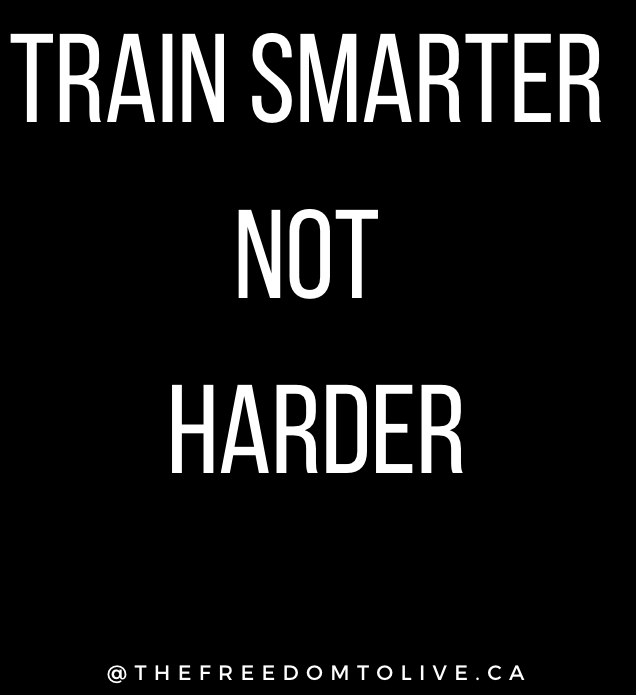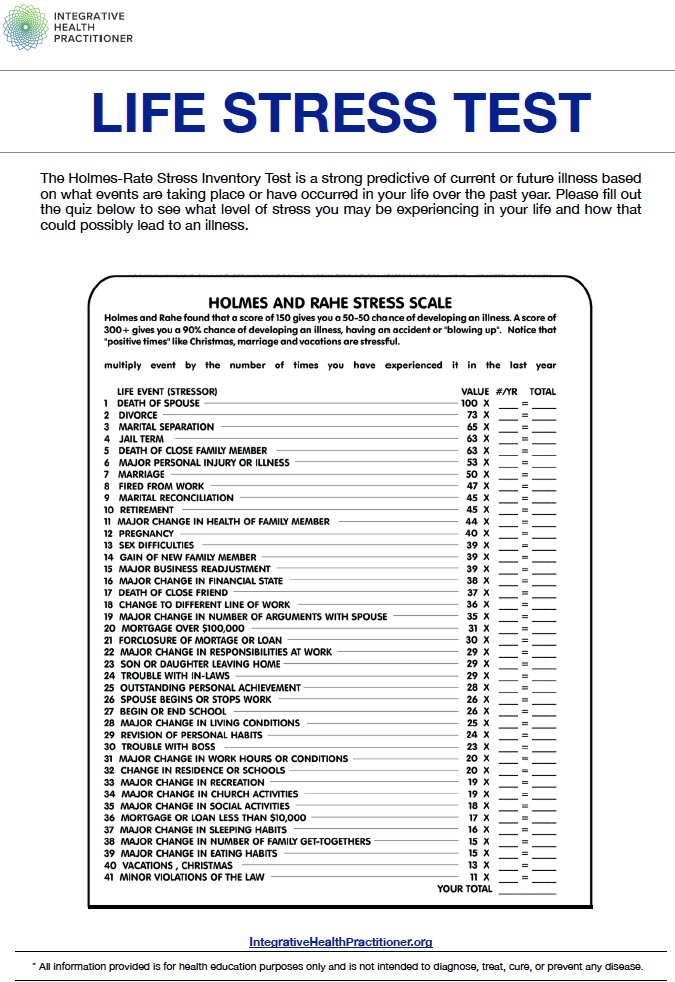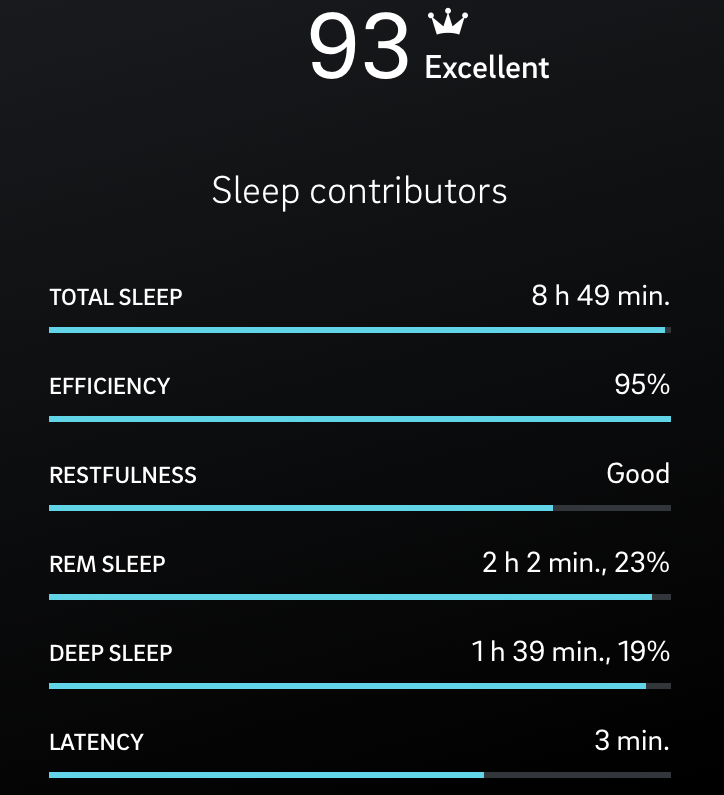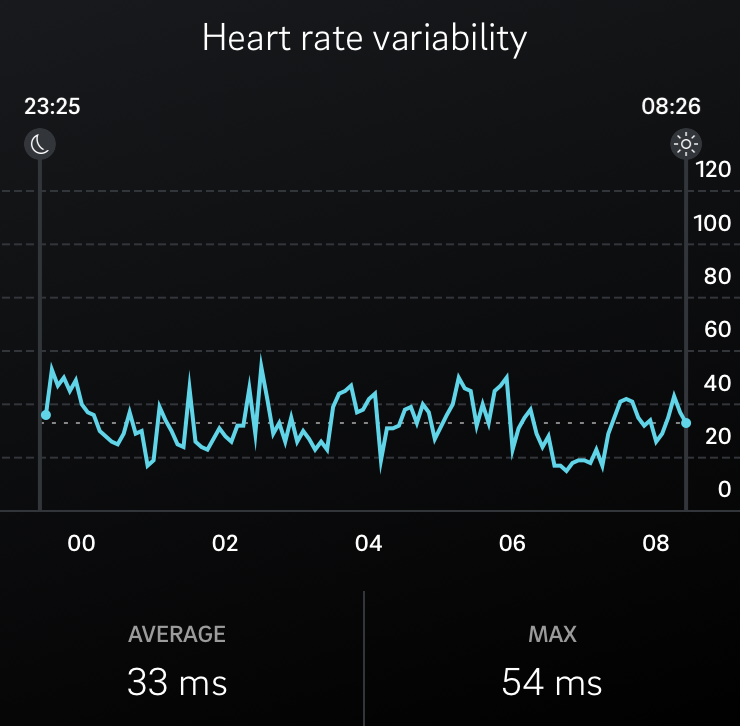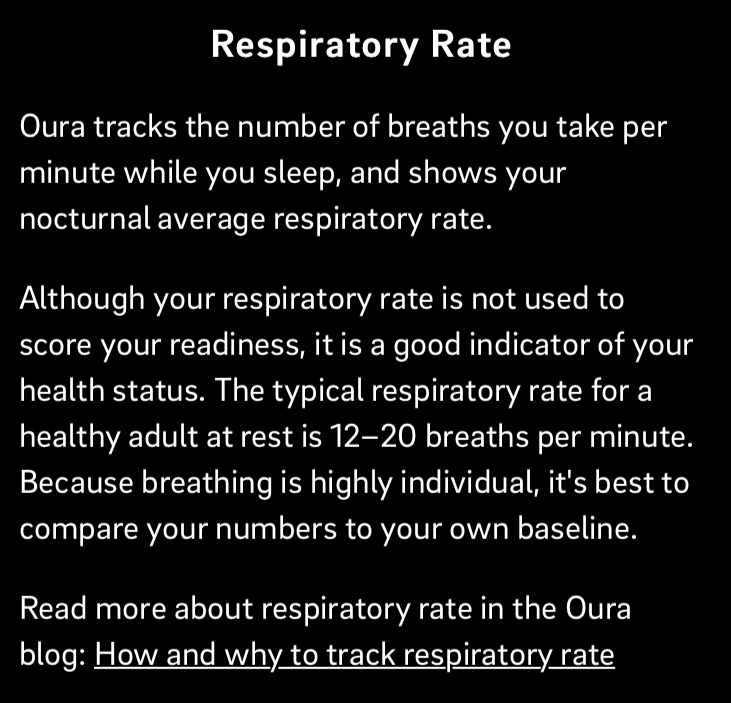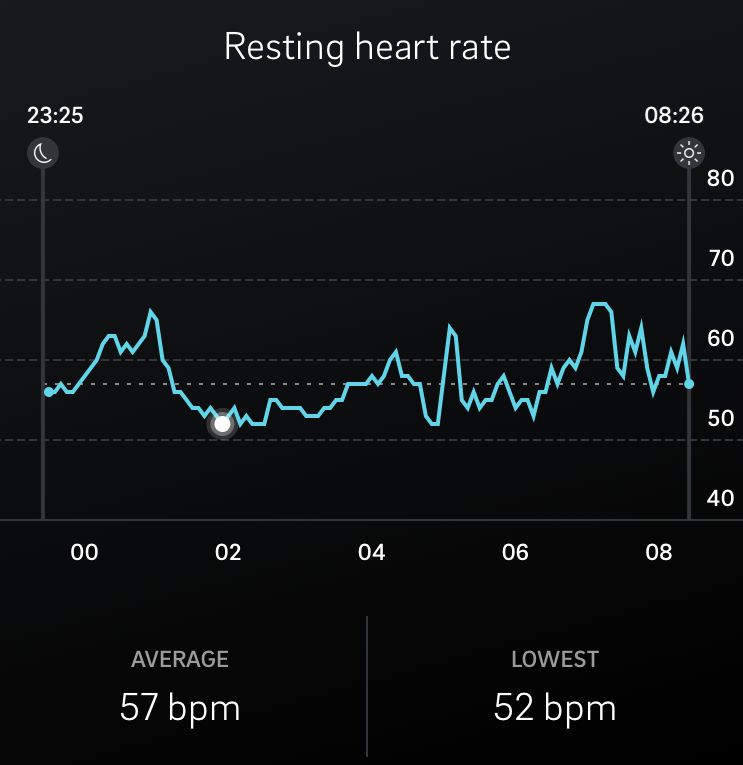Beneficial Bacteria balance is essential to healing the gut long-term and sustainably.
Gut Bacteria Balance Background
The cornerstone to healing the gut for the long-term and achieving sustainable health is the Beneficial Bacteria balance. Without enough good bacteria in the gut, the bad/opportunistic bacteria will continue to overgrow.
Without restoring beneficial bacteria balance, results are never sustainable.
Everyone to a degree has some leakiness, suboptimal gut lining health, gut inflammation and ulcerations that either present health issues or that don’t always present major or obvious symptoms.
Whenever the gut walls are damaged, there will be allergies and food intolerances, even very unnoticeable or minor. For the most part, symptoms become tolerated and just part of “normal” life.
In the gut wall, there are special cells called enterocytes that are responsible for absorption, proper digestion, and that keep undigested food molecules out of the bloodstream. For enterocytes to be healthy, there’s a process that happens in the gut called cellular regeneration that requires special nourishment in order to promote and maintain growth in the population of beneficial bacteria.
It’s the beneficial probiotic bacteria that are essential to bring the gut back to health and maintain optimal wellness.
If the gut flora is damaged (out of balance). The best foods and supplements in the world are not broken down and absorbed.
First Steps to Optimal Gut Health: Assessment.
You don’t necessarily need to spend hundreds or thousands of dollars on functional testing, scopes, probes, and breath testing to know that there is a dysfunction within your gut, intestines, and digestion.
You don't necessarily need a Doctor to tell you that your bowels are irritated.
Gut health is both complex and simple, but too often, the basics and foundations are missed. There are levels to this!
First, take a self-assessment of the situation.
Top Colon Health Signs and Symptoms
These are all signs and red flags that the colon is not happy and needs support.
Cramping in lower abdominal region
Dark circles under eyes
Coated tongue or buildup of debris on tongue
Fungus or yeast infections
Stools are not well formed/irritable bowels
Bad breath or strong body odour
Feel worse in mouldy or musty places
Less than one bowel movement per day
Rate your stools based on the Bristol Stool Chart below
Next Look at Optimal Bowel Transit Time; Are you functionally Constipated?
Functionally speaking, someone is considered constipated if a day passes without a bowel movement. However, constipation is a subjective symptom and there are different levels to it; Stools are either too hard, too small, too infrequent, difficult to expel, or feel incomplete.
Objective conventional medical signs of constipation are having fewer than 3-5 stools per week, or 2-3 days without a bowel movement.
For the majority of people, bowel transit time, the amount of time it takes for food to travel from the mouth, through the digestive tract, and for waste products to be eliminated through stool, is somewhere between 50 to 100 hours.
Whereas healthy and optimal transit time is between 8 to 24 hours with 2 to 3 bowel movements per day. Nevertheless, transit times can vary from individual to individual based on a number of factors related to stress, age, gender, diet, exercise habits, mobility, climate, medications, and other personal circumstances.
It is important to assess and determine individual results with optimal transit time and daily bowel movement benchmarks.
If bowel transit time is too fast, you won’t digest and absorb nutrients properly; If it is too slow, you will get backed up, constipated and actually reabsorb toxins through autointoxication that your body is trying to get rid of.
Either situation can cause major problems.
How to Test Bowel Transit Time
If you don’t have a histamine intolerance issue, take 6 caps or 3 tsp of activated charcoal away from food and other supplements or medications and record how long it takes for the black poop to appear (transit time) and to go completely away (retention time).
Record your findings in a health journal.
Functional Constipation and Why it matters to optimize Optimal Bowel Movement Flow
When constipation reaches conventional medicine, emergency room or even functional levels, it is very serious because the toxins in faecal matter can get reabsorbed causing impaction, fever, nausea, severe pain, mental issues and much more.
⚠️ This is how the body gets poisoned from the inside (Autointoxication).
A weak, irritated, and congested large intestine becomes the breeding ground for bacteria, parasites, and decomposing waste material which then can produce toxic and poisonous substances.
If the colon is not healthy and optimally moving waste through, these toxins can enter the blood stream and head straight to the liver, brain, and other organs. This process is referred to as autointoxication. A constant exposure to these internal bio-toxins will overtime deteriorate different organ and body systems.
Bio-toxins specifically harm liver cells, consequently impairing the liver's 300 plus functions.
For example, this can cause a reduction in bile secretion (needed for digestion and detoxification) causing additional fermenting and overgrowth of pathogens (parasites, bacteria, virus) further burdening and polluting the blood and lymph.
All organ systems are connected and work together.
Start with the ground work (Level 0)
Applying these 3 free and simple steps consistently will drastically improve digestive health!
1. Drink Water away from meals (30 min before or 1 hr after eating) because excess water dilutes important digestive enzymes and stomach acid that is needed to properly break down food. Add minerals and/or salts to water for better absorption.
2. Take time to sit down, turn off tech, and CHEW food to a liquid watery paste before swallowing. Digestion starts in the brain, the central nervous system (PNS) state, is responsible for calm, rest, heal, and digest mode. If you are standing up, multi-tasking, reading or talking about negative and stressful topics, these activities send signals from your brain activating the (SNS) sympathetic nervous system state to actually slow or even inhibit digestion so you can run away or fight the proverbial lion or bear
3. Walk after meals (particularly after dinner) and the earlier the dinner the better. This supports healthy digestion, improves sleep, and helps optimize blood sugar. Walking is a calming activity that reduces stress while gentle movement gets circulation to help bring down blood sugar and triglycerides. Walking also stimulates the digestive juices to break down food and effectively absorb all the nutrients.
These habits may not come natural. It takes practice. Health is an ongoing process of tripping up and just picking things back up into rhythm again.
Quick Start Roadmap to Better Colon Health (Level 1)
1. Adequate hydration with minerals/salts.
2. Three structured macro balanced meals (healthy carbs, protein, fats). Include the Four Fs (fibres, phenols, ferments, and fats (Omega-3) with every meal. Include a mix of whole food soluble and insoluble fibres with each meal.
3. Eliminate food allergens and sensitivities (start with conventional gluten and dairy)
4. Regulate Sleep-Wake cycle (7-9 hours). Sleep and wake within 30 minutes of the same time everyday.
5. Minimize Stress
Foundational supplements for Gut Health
Diving Deeper into Colon Health; Next Steps.
But First. Support Drainage Pathways and Watch for Die-off and Detox Reactions
Even food eliminations, especially refined sugar and processed foods will produce die-off to a degree.
You may feel better/or worse as the body adjusts.
When we also start introducing good therapeutic strength probiotics, this can also produce die-off reactions because as we start introducing more beneficial and probiotic bacteria into the digestive system, they start destroying pathogenic bacteria, viruses, and fungi.
When pathogens die they release toxins.
You may feel more anxiety, depression, fatigue, tired, just “off”, or develop skin rashes. These are temporary reactions and usually last for a few days to a few weeks.
It is important to go very slowly yet constantly and support the body’s drainage pathways.
Doing seasonal Liver Detox Protocols will also significantly benefit digestive health, metabolic balance, and support liver functions which is a cornerstone to optimal gut health.
For personalized support and a complimentary 1:1 assessment, book here.
2. Continue to clean up pantry/foods in the home/shopping habits (see shopping list) and plan meals (printable meal planner pdf).
Phase 2
Either Death or Health begins in the Colon, and we can have a lot of control over which one it’s going to be.
Personal health care responsibility is required to achieve superior health and wellness; Bottom Line.
Level-ing UP with Enemas and Colon Hydrotherapy
Enemas and Colon Hydrotherapy
A lot of people in the west find the subject of enemas repulsive and very foreign. Since the 1950s conventional medicine and orthodox medical research has left a once very routine and standard health care practice somewhat fall to the wayside.
Enemas are one of the oldest and most effective procedures documented in medical history by the Ancient Egyptians and later in various cultures around the world. For centuries, enemas have been a very routine home remedy.
In the 18th century and early 1900s conventional medicine and medical research widely accepted and understood the importance of colon health, constipation, autointoxication and the practice of colon cleansing. In this era, colon irrigation machines and enema kits were routine and part of standard health care in hospitals and doctor’s offices.
There continues to be a lot of misunderstanding and unfinished research on autointoxication that began in the early 1900s.
Russian Nobel Prize 1908 winner, Elie Metchnikoff, father of probiotic research and immunity, stated “Death begins in the colon”.
He went on to describe the fact that when faecal matter remains in the intestine long enough to putrefy, the products of putrefaction are harmful and are reabsorbed producing poisoning, or autointoxication.
The term autointoxication is commonly dismissed as quack-science by orthodox medicine, but the concept deserves consideration and attention within integrative medicine.
Several medical doctors continued to practice and recognized the value and benefits of colon hydrotherapy, the most noteworthy being James A. Wiltsie, M.D.; Joseph Waddington, M.D.; and John Harvey Kellogg, M.D.
Kellogg reported in the 1917 Journal of American Medicine that in the treatment of gastrointestinal disease, in over 40,000 cases, he used surgery in only 20 cases. The rest were helped as a result of cleansing the bowels, diet, and exercise.
However, in the early 1900s, the widespread lack of know-how and unskilled technicians in advanced colon irrigation did not support the overall advancement and recognition within orthodox medical practice.
At the same time, many routine and serious illnesses were not successfully treated with this “cure-all” practice and by the 1950s antibiotics and narcotics (strong pain killers) were giving doctors way more mass success at managing pain and providing the immediate ability to treat infectious diseases, for example, tuberculosis.
So in a way, with the advancement of more modern and orthodox methods, the baby got thrown out with the bath water instead of adopting integrative approaches which include both preventative holistic lifestyle practices and orthodox medical interventions as needed.
WHY its important to resurface the early research on Autointoxication
To a degree most have what is called faecal compaction with an overspill.
There can be large or even small amounts of old compacted faeces that become stuck or glued to the walls of the large intestines. This old compacted faeces can stay for many months which provide and result in a fertile rotting environment for all sorts of parasites, bacteria, fungi, and viruses that continue to breed, multiply and thrive.
With faecal compaction, any new food eaten seeps through available narrow channels between these compacted masses, so whatever stool comes out is an overspill, which does not empty the bowel completely.
Consequently, If one is continuously releasing parasites after routine cleanses, this right here can be one of the root cause reasons; faecal compaction with an overspill.
This old compacted faeces results in an internal poisoning, autointoxication, because it continuously produces a lot of toxic substances, which in turn get absorbed back into the bloodstream.
This philosophy goes back to the terrain theory of disease. The “terrain theory” argues that if the body is well and balanced, then germs that are a natural part of life and the environment will be dealt with by the body without causing sickness.
So, it’s not necessarily pathogens that we are exposed to from the external environment like viruses, bacteria, or other contagious infections.
While these things do exist and fill up our toxic burden and infection load, they are not necessarily the root cause of chronic, long-haul, and “mystery” illness.
Signs of Parasites and other Bio-toxins
Enema Benefits
One of the most effective and quick relief of constipation
The most effective way to clear out faecal compaction from the bowel which also greatly reduces the amount of toxins coming from the internal putrefaction and reabsorption to the blood supply (autointoxication).
The best way to introduce, probiotic bacteria, and other medicinals directly into the bowel
Quick Start Enema Guide
Always start with filtered water (never tap water).
Always boil water and let cool to body temperature 95.9 F (35.5 C) to 99.5 F (37.5 C) or cooler around 80 F (26.7 C). **The colder the enema, the more detoxifying it can be, because cool and cold water will stimulate the colon to contract, cramp, and move (initiates peristaltis).
Add a pinch to 1/8 tsp of mineral salts (Redmond Real, Pink salt, Celtic salt) to water.
Start with 1 quart/1 litre or as little as 1 cup if the solution is difficult to hold. Then gradually increase to 1 quart/litre. The harder the solution is to hold can be indicative of increased amounts of faecal compaction within the bowel.
Other healing herbs can be introduced to water enemas, such as, camomile, dandelion root, Essiac herbs; Slippery Elm, Burdock Root, Sheep Sorrel, Turkey Rhubarb (C blend), as well as, probiotics (open up capsules and dissolve in the water; start with small amounts 1/4 cap and increase gradually).
Clean enema bucket and tube (use glass or stainless steel) with 20-30ml of hydrogen peroxide (3%-6%) and hang to dry with enema tap open. This will sterilize the equipment. Sterilize and wash the nozzle separately.
Enemas are completely safe, provided that it is performed correctly (a common and simple mistake is not letting the water cool down enough to body temperature or lower and thus burning the colon).
If you feel uncomfortable performing an enema yourself at home, look for a trained colonic therapist in your area to do it for you.
Coffee enemas for liver support
While coffee enemas do help clear out the colon, their purpose if more for liver support and liver detoxification. Coffee enemas are better in the morning or earlier in the day after a bowel movement.
See Beginner to Advanced Enema Guide here
Colon Hydrotherapy (open and closed systems)
Colon hydrotherapy is the ultimate RESET; It is a safe and effective way to restore balance in the gut.
There are two types of systems and it’s important to know the difference between "open" and "closed" colon hydrotherapy systems. The main difference is in practitioner involvement, the type of tubing used and in what manner the water and waste exit the body. Both systems will adequately stimulate the colon, soften and soak matter to help release the following:
Old and impacted waste that hasn’t fully eliminated
Mucus buildup from inflammation and processed foods
Undigested food from poor digestion and/or fast eating
Bacteria and toxins from an imbalanced gut microbiome that can be causing bloating, gas, brain fog, or pain
Candida and yeast overgrowth from sugar, stress, medications, and antibiotics
The colon stretches out to about 5 feet long, so there’s a lot of ground to cover. Most often, several sessions are needed initially and as maintenance based on the individual to address the above list.
Key differences between open and closed systems
Privacy
Comfort levels
Potential benefits
Specific health goals
Closed System
Closed colon hydrotherapy requires a therapist to insert a larger tube, which can be less comfortable but provides a controlled environment with continuous support. The closed system is a little bit less stimulating and is good for first timers or those who need a bit more support from a practitioner because a therapist is going to be in the room with you to closely monitor and be able to talk you through the process and answer any questions. Patients with a history of abdominal surgeries or those with more sever digestive issues might prefer closed systems for closer monitoring by a therapist.
All the waste flows through a tube, so you can clearly see everything that comes out. The water pressure is also a lot lower at about 0.5. psi which can allow the therapist to go deeper and fill longer into the colon. A pressurized stream of water is delivered through the attached hose. When the colon is filled & pressure reaches maximum levels the therapist manually drains the colon back through the hose.
Since closed systems use less pressure and rely on the therapist to fill and release waste through the same tube, there’s less control over natural elimination and more frequent sessions may be required to address build up or impaction.
Open System
Open colon hydrotherapy involves full-privacy with self-insertion of a small tube, and access to control water flow and waste elimination. This method is generally considered more comfortable due to its gentle nature and smaller tube size. Open systems can allow for a more thorough cleanse since you can control the release of water and waste.
Great for the more seasoned enema and colonic users because the tube fills up the colon at a much higher pressure (2 psi); However this is still within a gentle gravity-fed system and works with your natural capabilities to receive and expel the water. Gravity-fed water flow in open systems mimics the body’s natural peristalsis. Since the water pressure is higher, it is more stimulating so typically not able to fill as long. However, you can fill and release at your own capacity which more in sync with nature. This method is really good for people who are more on the constipated side and are experiencing more than 1+ days without regular bowel movements, impacted, and/or backed up.
Closed vs. Open Colon Hydrotherapy Systems
There are pros and cons to both systems and it comes down to personal preference.
The Light at the End of the Tunnel: Maintenance and Up-grades
1. Build on the whole foods ingredient home.
2. Introduce new varieties of seasonal vegetables and herbs. Grow your own or source from trusted growers.
3. Introduce more fermented dairy and vegetables (home-made).
4. Source direct (grass-fed meat, raw dairy, beyond organic produce). This might involve becoming a CSA member and/or herd share member. Some farms offer direct-to consumer ordering and buying options.
5. Routine Liver Detoxes (seasonal) and Parasite cleanses (late spring or early summer and fall)
6. Routine Enemas and Colonic Hydrotherapy
7. Maintain Foundations (Sleep Schedule, Balanced Blood Sugar, Exercise and Movement Routines).
8. Cultivate and Maintain a Rule of Life (Both Spiritual and Your Body is the Temple Practices^^). *This encompasses the WHOLE lifestyle. We either START here or END UP here.
















































































